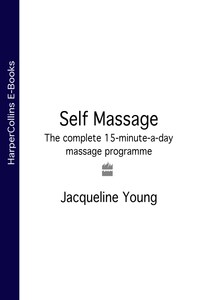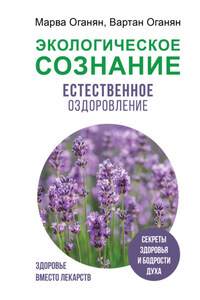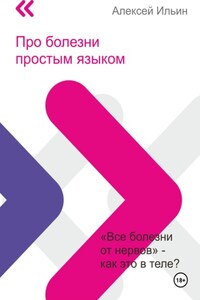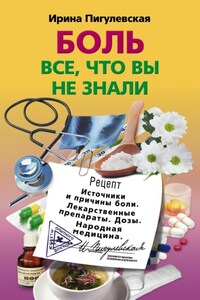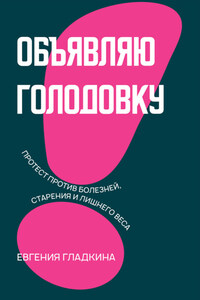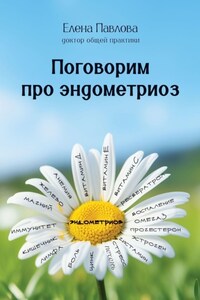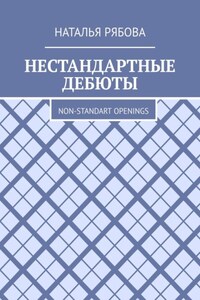
Nowadays there is so much you can do to help yourself to health and to stay healthy. Both ancient and modern wisdom and techniques for promoting health are widely available to guide us along the path. Modern research has demonstrated the importance of diet and nutrition, for example the importance of balancing proteins, carbohydrates and other foods and of reducing fats, or the effects of specific vitamins and minerals. Similarly, sports science has clearly demonstrated the importance of regular exercise, and it is now possible to know exactly how to combine different types of exercise and training for peak fitness. Work in psychophysiology and psychology has clearly shown the effects of stress on both the physical body and on the mental state: performance is impaired, chemical changes occur, concentration deteriorates and a sense of well-being is lost. This work has led to the development of a range of psychological techniques to promote both mental and physical health-techniques for relaxation, stress management, positive thinking and attitudinal change.
As we assimilate this wide range of knowledge and experience and try to put it into practice in our daily lives, our attention must also be drawn to the wonderful range of self-care practices advocated by ancient healing traditions. These traditions were based not on scientific research, but rather on long and patient observation of the natural cycles in nature and the rhythms of life. All the ancient Oriental medical systems of China, Japan, India, Tibet and Korea advocate thorough self-care regimes as preventive medicine and as a curative approach for simple health problems. In the same way, the Western traditions of folk and herbal medicine have always recommended specific actions alongside the ingestion or application of remedies in order to prevent ill–health and bring about cure.
Within the Oriental systems a common theme is the importance of the flow of ‘vital energy’ (known as chi or qi in Chinese and ki in Japanese) in the body to promote and prolong health. When this flow is blocked or depleted there is ill-health; when it flows freely and abundantly there is good health and well-being. The supply and flow of this vital energy, which courses through invisible channels in the body known as ‘meridians’, is dependent on diet, life-style, environment, posture, breathing, habits, body movement and exercise, mental attitude, personality and spirit. As a result, self-care approaches emphasize the importance of eating foods according to the seasons and according to what suits your physical constitution and body type. They also recommend behavioural changes such as the need to live a balanced life-style with regular sleep and exercise, living in a moderate environment (avoiding extremes of temperature for example), and the importance of keeping good company. There are also a wide range of exercises for promoting the flow of energy within the body and for both calming and strengthening the mind and spirit, leading to increased mental powers and heightened awareness.

